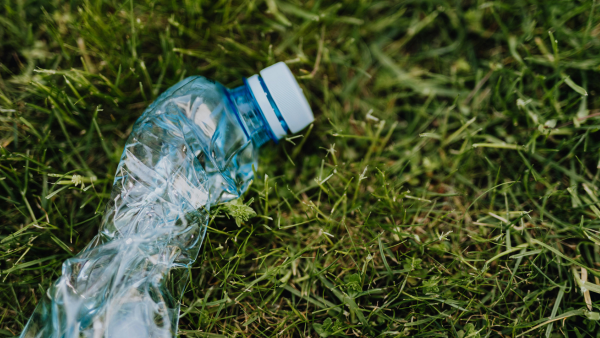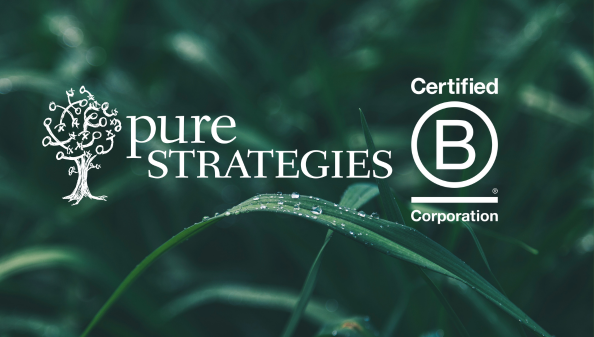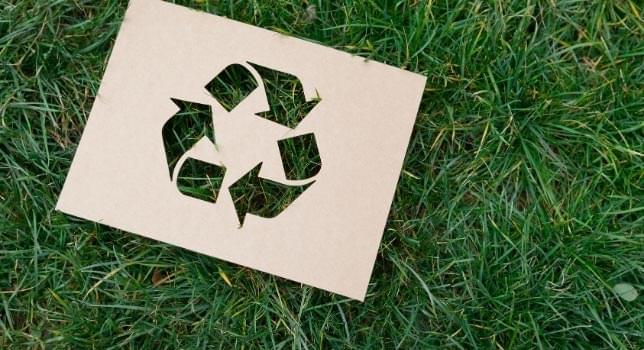The U.S. Plastics Pact aims to realize a new path for plastic packaging by 2025, one that is more circular. The group has been working since late 2020 to plan and take the first steps toward this big ambition.

The U.S. Plastics Pact was established August 25, 2020, and was founded by The Recycling Partnership and World Wildlife Fund as part of the Ellen MacArthur Foundation’s (EMF) global Plastics Pact network. Pure Strategies is a U.S. Plastics Pact Activator.
The U.S. Plastics Pact brings together companies, government entities, nongovernmental organizations (NGOs), researchers, and other stakeholders who will work collectively toward a common vision, including the below four targets – which were required as a framework in order to launch the U.S. Plastics Pact. The targets were derived from the overarching targets in the EMF’s New Plastics Economy Global Commitment.
- Target 1: Define a list of packaging that is problematic or unnecessary by 2021 and take measures to eliminate them by 2025.
- Target 2: 100% of plastic packaging will be reusable, recyclable, or compostable by 2025.
- Target 3: Undertake ambitious actions to effectively recycle or compost 50% of plastic packaging by 2025.
- Target 4: Achieve an average of 30% recycled content or responsibly sourced bio-based content in plastic packaging by 2025.
In 2021, the U.S. Plastics Pact published the roadmap of key actions for the Activators and for engaging with external stakeholders. The approach is largely executed through working groups – such as one to develop a list of problematic or unnecessary materials and another on policy, among others.
In early 2022, the Pact demonstrated progress toward Target 1 by publishing the list of problematic and unnecessary materials for removal by 2025. The materials on the list were evaluated with criteria and definitions (available here), using the most comprehensive publicly available data from federal and state agencies, nonprofits, and trade associations. All of the materials on the U.S. Plastics Pact list are on other similar lists. For example, they are found on other global Pacts and the Consumer Goods Forum or are included in state regulations.
- Intentionally added per and polyfluoroalkyl substances (PFAS)
- Non-detectable pigments (such as carbon black)
- Opaque or pigmented PET bottles
- Oxo-degradable additives
- Polyvinyl chloride including polyvinylidene chloride (PVC, PVDC)
- Polystyrene and Expanded polystyrene (PS, EPS)
- Polyethylene terephthalate glycol (PETG) in rigid packaging
- Problematic label constructions
- Stirrers, straws, and cutlery
In early 2022, the U.S. Plastics Pact also published its 2020 Baseline Report. The report shows the level of change needed to meet the 2025 aims. The baseline included:
- 66% of U.S. Pact business Activators were taking individual action to eliminate certain plastics. There was no baseline for this target/Target 1 on problematic or unnecessary materials since the list was not available during the assessment period.
- 37% of plastic packaging was recyclable, based on the EMF global recyclability assessment. While this was not a great starting point, there were a lot of packages that do not require notable changes to be recyclable. For example, 53% of HDPE bottles were non-recyclable, but have the potential to be.
- 13.3% of plastic packaging was recycled. This shows the downward trend that has been happening since 2014 when the U.S. EPA reported that 14.8% of plastic packaging and containers were recycled.
- 7% of plastic packaging was from post-consumer recycled (PCR) content. HDPE packages had the highest average PCR content at 13-30%. PE mono-material flexible packages PCR average was 1-4%, PET 3-9%, and PP 1-4%.
Given this starting point, can the aims for 2025 be realized? The 100+ Activators of the U.S. Plastics Pact will be working on the roadmap to 2025. There are notable challenges, but also some achievable steps to begin to take, such as:
- Understand your company’s baseline in sustainable packaging, develop a plan, and set targets to make progress – working on all packaging types, not just plastic packaging.
- Use the Association of Plastic Recyclers (APR) Design® Guide to design plastic packaging for recycling (and follow guidance available from other resources
for other packages). - Look to resources from organizations such as the Sustainable Packaging Coalition or Ocean Conservancy to increase the use of recycled materials.
- Use the How2Recycle
label and educate consumers on how to recycle effectively. - Support systematic changes through collaborative programs, such as the U.S. Plastics Pact, and effective policies on extended producer responsibility, deposit return systems, and post-consumer recycled content mandates.
Our team is here help – just reach out to: info@purestrategies.com
.


